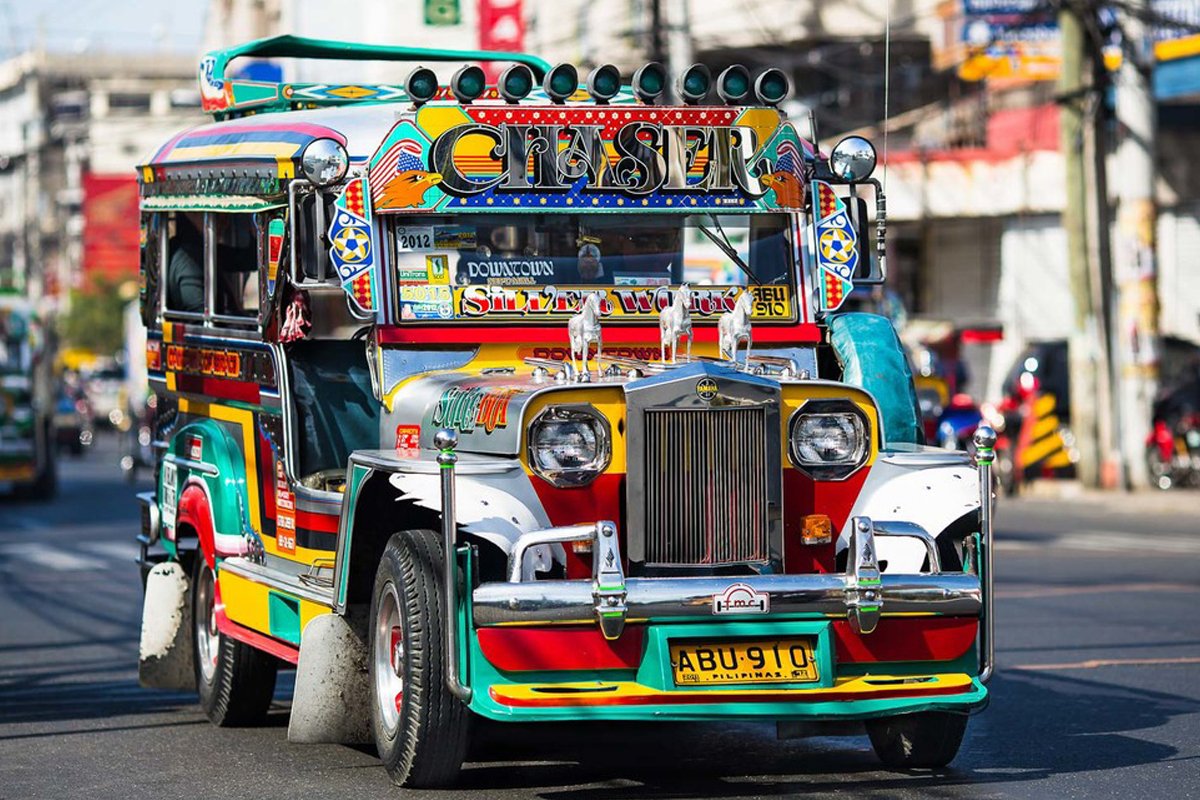
The quintessential jeepney, a vibrant kaleidoscope of colors and eclectic decorations, cruises through the bustling streets of Manila, navigating the city’s chaotic traffic with a rhythmic ease. Its typical route, often stretching from suburban neighborhoods to city centers and even in the trendiest places in the metro, is a lifeline for millions of Filipinos. Inside, passengers are packed like sardines on longitudinal benches, sharing conversations and the occasional laughter, fostering a sense of community and shared journey. The jeepney, with its open windows allowing a mix of fresh and polluted air, offers a unique and authentic Filipino experience that is both nostalgic and utilitarian.
The jeepney’s history is deeply rooted in Filipino culture and ingenuity. Born out of necessity in the aftermath of World War II, these vehicles were originally repurposed from military surplus Jeeps left by American forces. Over the decades, they evolved from mere functional transport to an iconic symbol of Filipino creativity, resilience, and communal spirit.
Related articles: Things to Do and Places to See When in Manila, Filipino Inventions That are Truly Wold-Renowned
Socio-Economic Importance
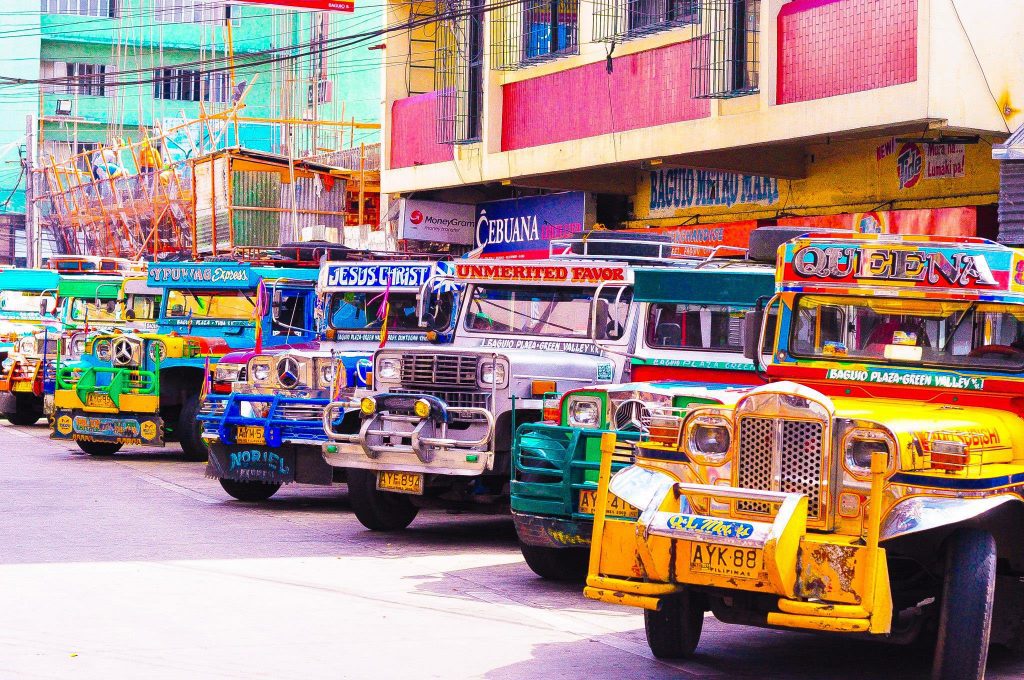
The jeepney is more than just a mode of transportation; it is a socio-economic pillar. It provides affordable travel for millions, particularly in urban and peri-urban areas, where public transportation options are limited. Jeepneys contribute significantly to the livelihood of thousands of drivers and operators, forming a crucial part of the informal economy. They are an essential component of the public transport system, ensuring mobility for a workforce that drives the country’s economic engine.
Historical Background
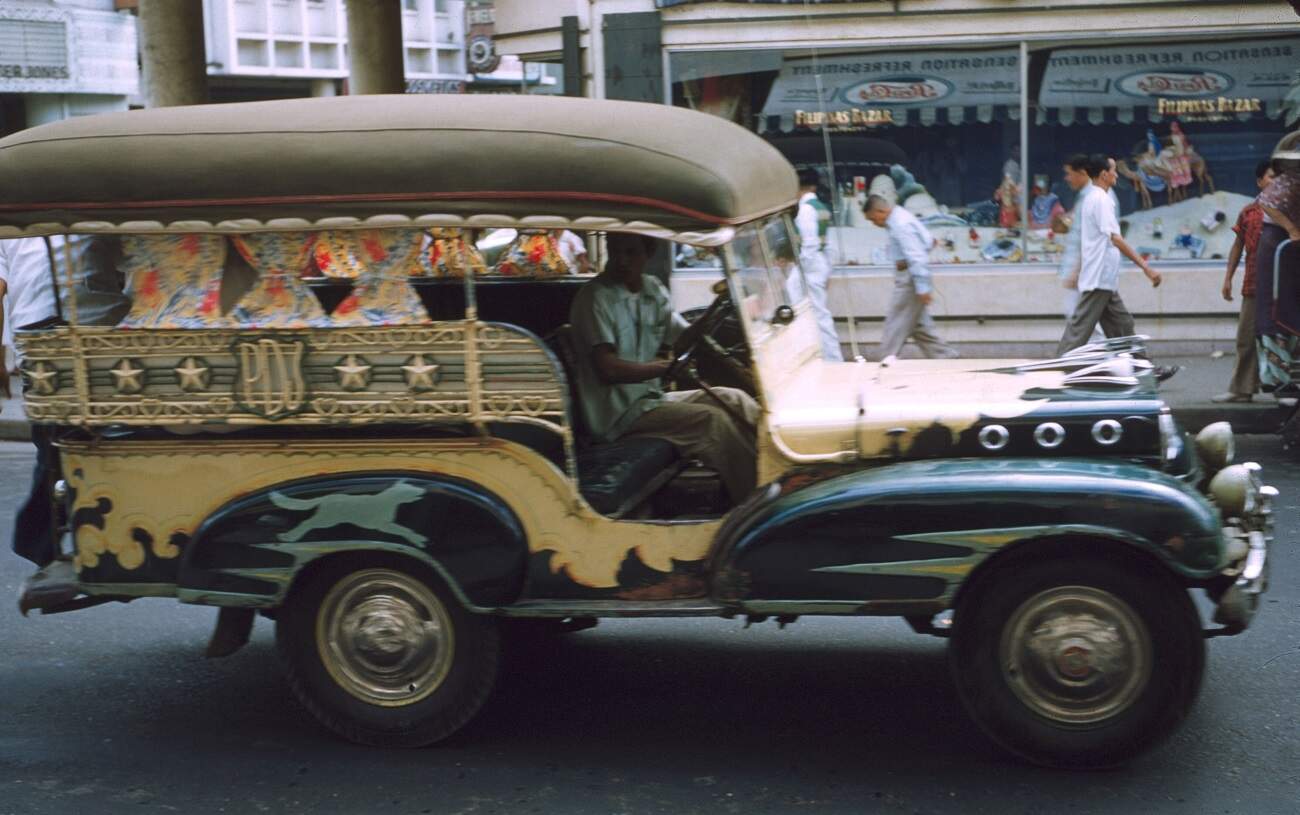
The jeepney’s origin dates back to the mid-1940s when Filipinos ingeniously transformed surplus military Jeeps into makeshift public transport vehicles. These early jeepneys retained the Jeep’s robust chassis and engine but were modified to accommodate more passengers with extended bodies and rear-entry steps. This transformation was emblematic of Filipino resourcefulness and quickly became a staple of urban transport.
Over the years, the jeepney evolved both in design and function. Local craftsmen and small-scale manufacturers began producing custom-built jeepneys, incorporating elaborate artistic designs, colorful paintings, and chrome-plated ornaments. This evolution was not just about aesthetics; it reflected the cultural identity and pride of the Filipino people. The jeepney became a mobile canvas, showcasing themes from pop culture, religious motifs, and personal expressions of the owners.
The jeepney’s role in shaping Filipino urban culture and transportation cannot be overstated. It has become a symbol of the daily grind and the communal spirit of the Filipino populace. Its routes have woven through the fabric of Philippine cities, adapting to the changing landscapes and growing urban sprawl.
Related article: Cultural Treasures that are Distinctively Filipino
Current Challenges
Despite its historical significance and cultural value, the jeepney faces significant challenges that threaten its survival in the modern era.
1. Environmental Concerns
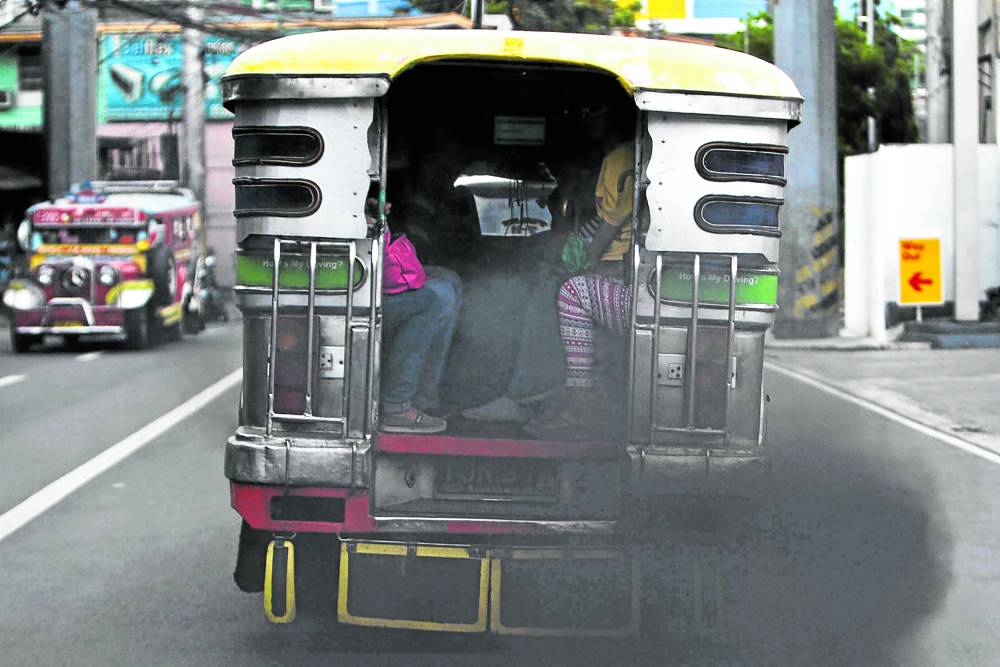
Traditional jeepneys are notorious for their high emissions and contribution to urban pollution. The antiquated diesel engines emit significant levels of carbon monoxide, nitrogen oxides, and particulate matter, exacerbating air quality issues in densely populated areas and even in the top central business districts of the country where most people usually converge.
2. Economic Pressures
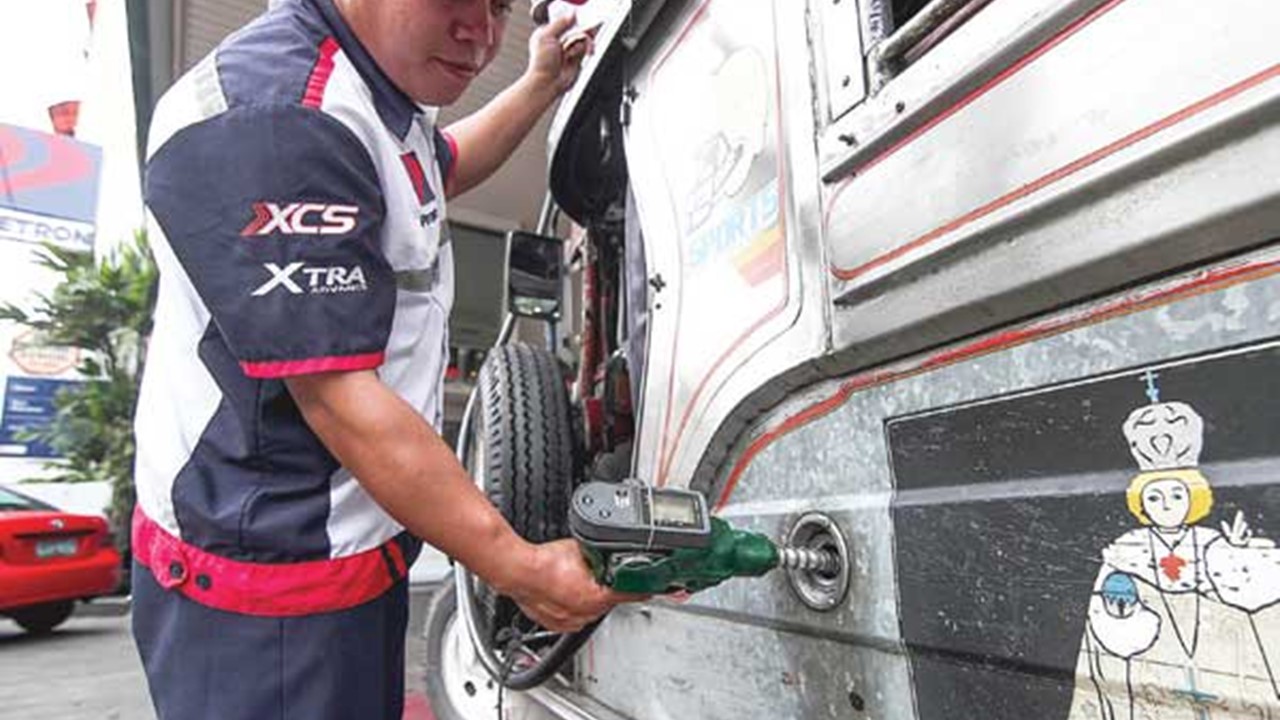
The rising cost of fuel and maintenance poses a substantial burden on jeepney operators, many of whom belong to the lower-income bracket. Keeping these vehicles roadworthy amidst stringent regulations and frequent repairs drains resources, making the operation less economically viable.
3. Modernization Calls
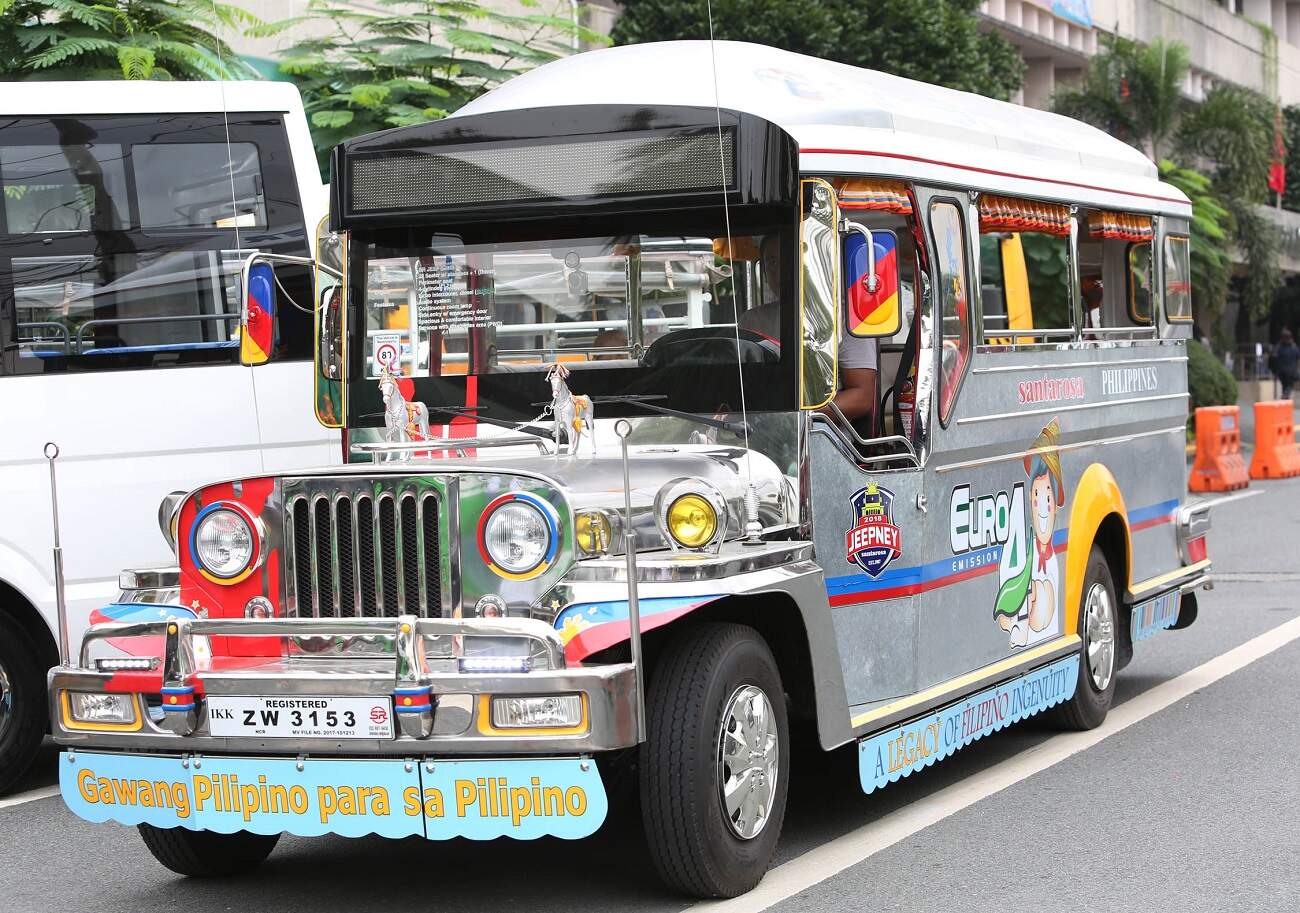
Safety and convenience have become paramount concerns for passengers and regulators alike. The cramped and open-air design of jeepneys, while charming, raises safety issues, especially during inclement weather and heavy traffic conditions. Additionally, there is a growing clamor for jeepney modernization to ensure safer, more efficient, and environmentally friendly options.
To address these challenges, the Philippine government has launched programs and incentives aimed at modernizing the jeepney fleet. The Public Utility Vehicle Modernization Program (PUVMP) encourages the phase-out of old, polluting jeepneys and the adoption of modern, electric, and Euro 4-compliant vehicles. These new jeepneys promise reduced emissions, enhanced safety features, and improved passenger comfort.
Local entrepreneurs have risen to the occasion, developing innovative prototypes for the next generation of jeepneys. One notable example is the e-jeepney by local company Star 8 Green Technology. Their electric jeepney model boasts zero emissions, a range of up to 100 kilometers on a single charge, and modern amenities like air conditioning and Wi-Fi. Priced competitively, these e-jeepneys aim to balance cost with sustainability and convenience.
Another player in the market, BEMAC Electric Transportation Philippines, offers electric jeepneys with similar features, designed to meet the demands of urban commuters while significantly reducing environmental impact. These advancements highlight a proactive approach by local industries to embrace cleaner, more efficient transport solutions.
Final Word
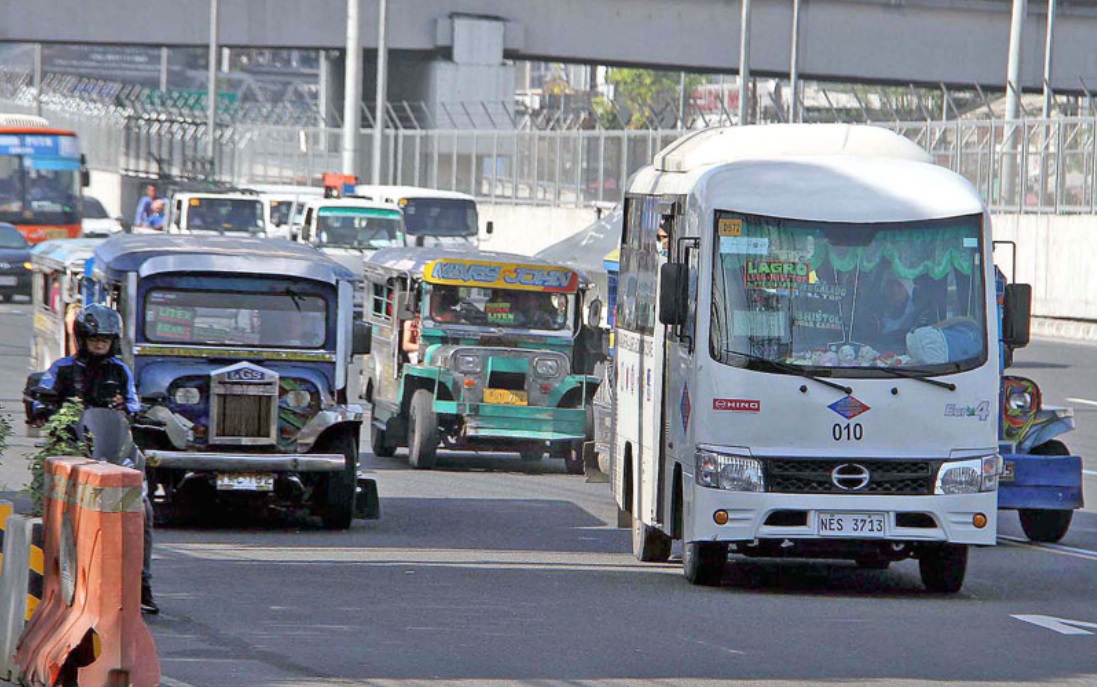
Overall, the jeepney’s historical significance as a symbol of Filipino creativity and resilience remains undisputed. However, the ongoing efforts to modernize and adapt to global demands are crucial for its survival. The future of the jeepney lies in balancing tradition with innovation, ensuring it continues to serve as a vital mode of transport while meeting contemporary standards of safety, efficiency, and environmental responsibility.
As the Philippines navigates this transition, the jeepney stands at a crossroads between modernization and extinction. Embracing modernization does not mean abandoning its cultural heritage; rather, it offers an opportunity to preserve and enhance the jeepney’s role in Filipino society. Through collective efforts from the government, private sector, and the community, the jeepney can evolve into a sustainable icon that reflects the dynamic and resilient spirit of the Filipino people.
Related article: Only in the Philippines
–
Featured Image by Flying Ketchup





